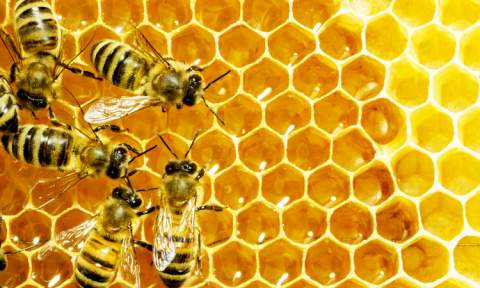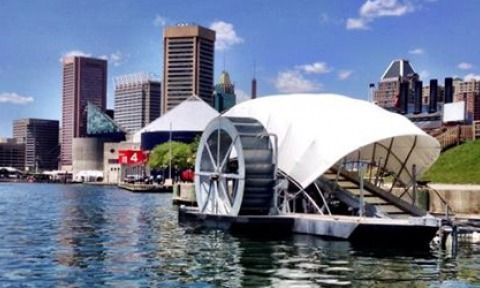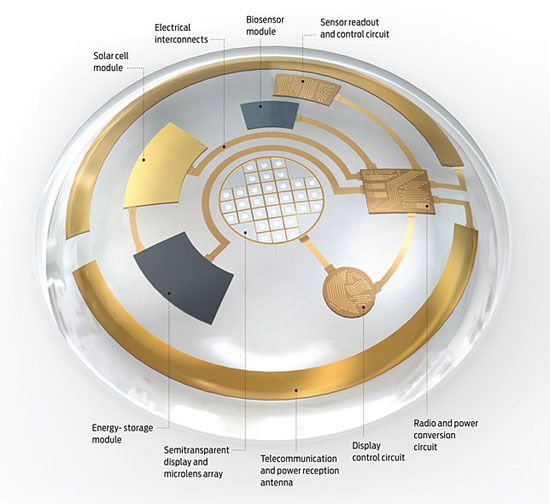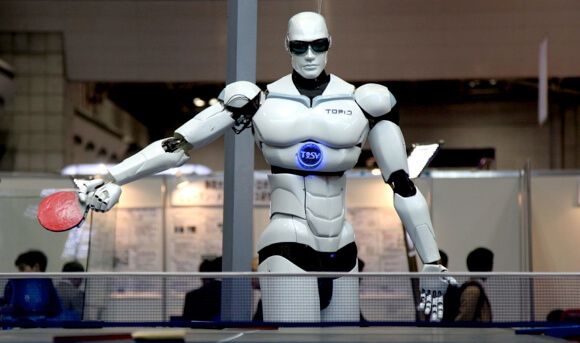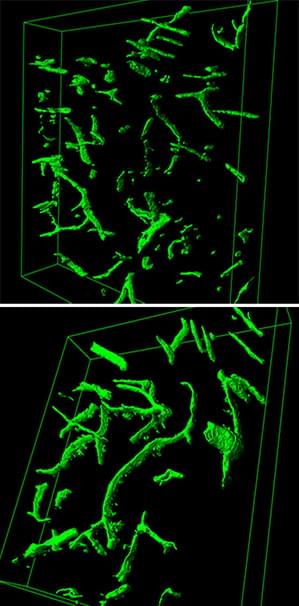Aug 2, 2014
Getting the Corporate Ears of the People Who Rule the World! By Andres Agostini at www.linkedin.com/in/andresagostini
Posted by Andres Agostini in categories: economics, education, engineering, futurism
Getting the Corporate Ears of the People Who Rule the World! By Andres Agostini at www.linkedin.com/in/andresagostini
If you want to seize the undivided attention of top executives at Los Alamos National Laboratory and Procter & Gamble, talk to them through the notions of and by Process Re-engineering.
If you want to seize the undivided attention of top executives at GE, talk to them through the notions of and by Six Sigma.

